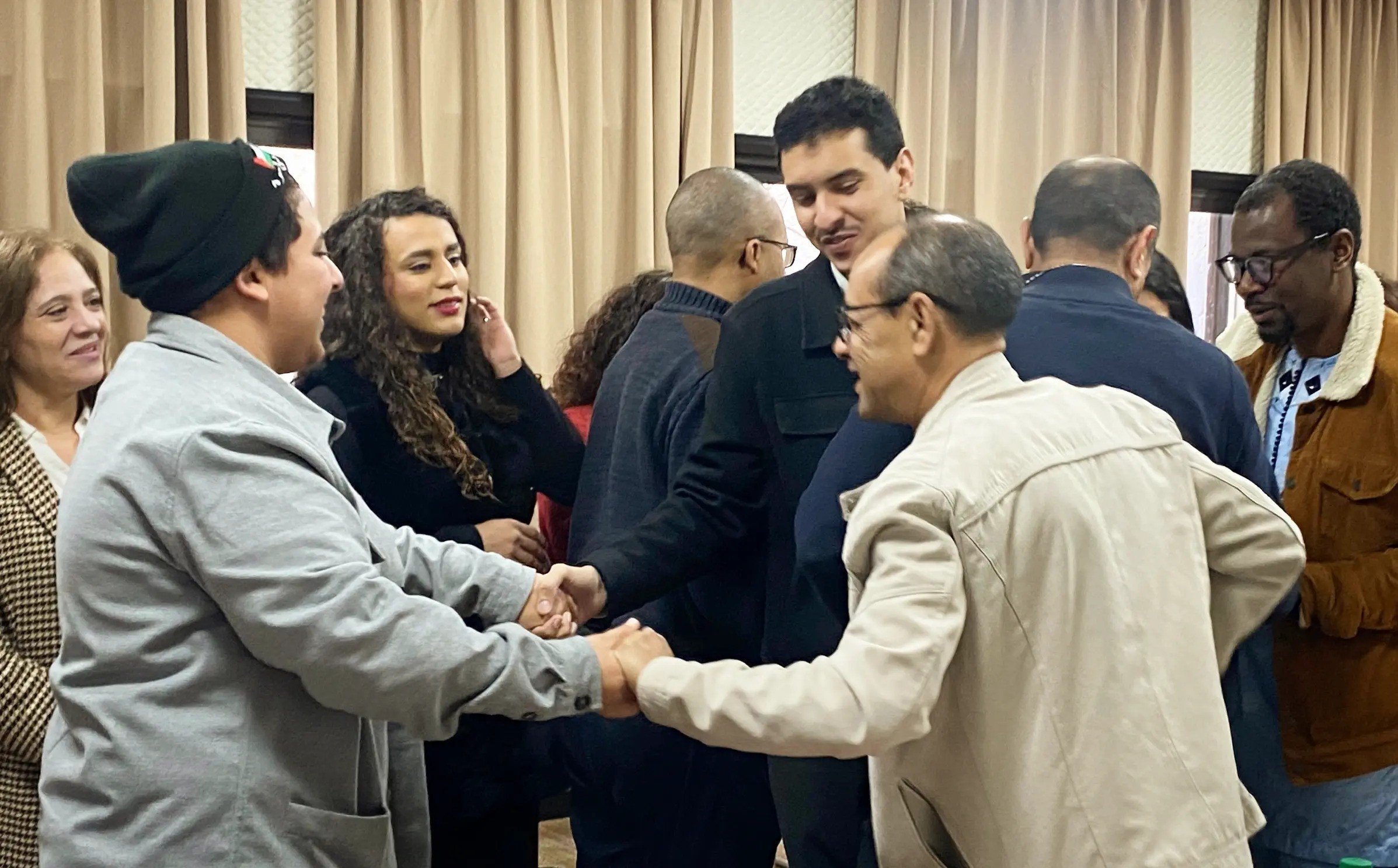Profile
The term ‘Berber’ derives from the Greek, barbaroi and the Latin barbari (barbarians), and was used by the dominant Arabs to designate those who spoke a different language. It is often regarded as pejorative today. In referring to themselves tribal names are used, or the collective ‘Amazighen’, which means free or noble in their Tamazight language. The many dialects of the Tamazight language, along with tribal forms of organization, prevented them from cooperating easily among themselves, although they constitute a majority of Morocco’s population. Each group was fiercely independent and only emergencies led to ephemeral tribal confederations.
Estimated population: 20 million
Historical context
After independence Amazigh were well represented in the Moroccan army and police force but much less so in government. They very often felt isolated from central government as their patrons, under the French, lost their influence and Amazigh tribal groups suffered accordingly. In the first three years of independence there were two major tribal uprisings and constant rural agitation against Istiqlal, the urban nationalist group which had led the independence struggle. The uprisings were crushed by the army and were used by the monarchy as an excuse to curb the political power of Istiqlal. Amazigh resentment was formalized, with encouragement from the monarchy, in the formation of an explicitly Amazigh-based political party in 1958. The main causes of Amazigh resentment include economic deprivation and a sense that the central government ignores their problems. Frustration is amplified as the Tamazight language is reduced in importance by constant migration to cities where Arabic is an essential means of communication and where Amazigh social structures are eroded.
Under King Mohammed VI’s reforms, in 2003 the government began introducing instruction in the Tamazight language to first-year pupils in 317 primary schools, and announced that Tamazight classes would be taught at all level in all schools within ten years.
Current issues
Although Morocco has now begun teaching Tamazight in schools, the Tamazight language is still not official. In 2006 a Moroccan Tamazight organization, Constitutionnalisation et l’Officialisation de Tamazight (CNCCOT), demanded that the government accept Tamazight as an official language, adopt a new secular and democratic constitution, and respect freedom of expression.

